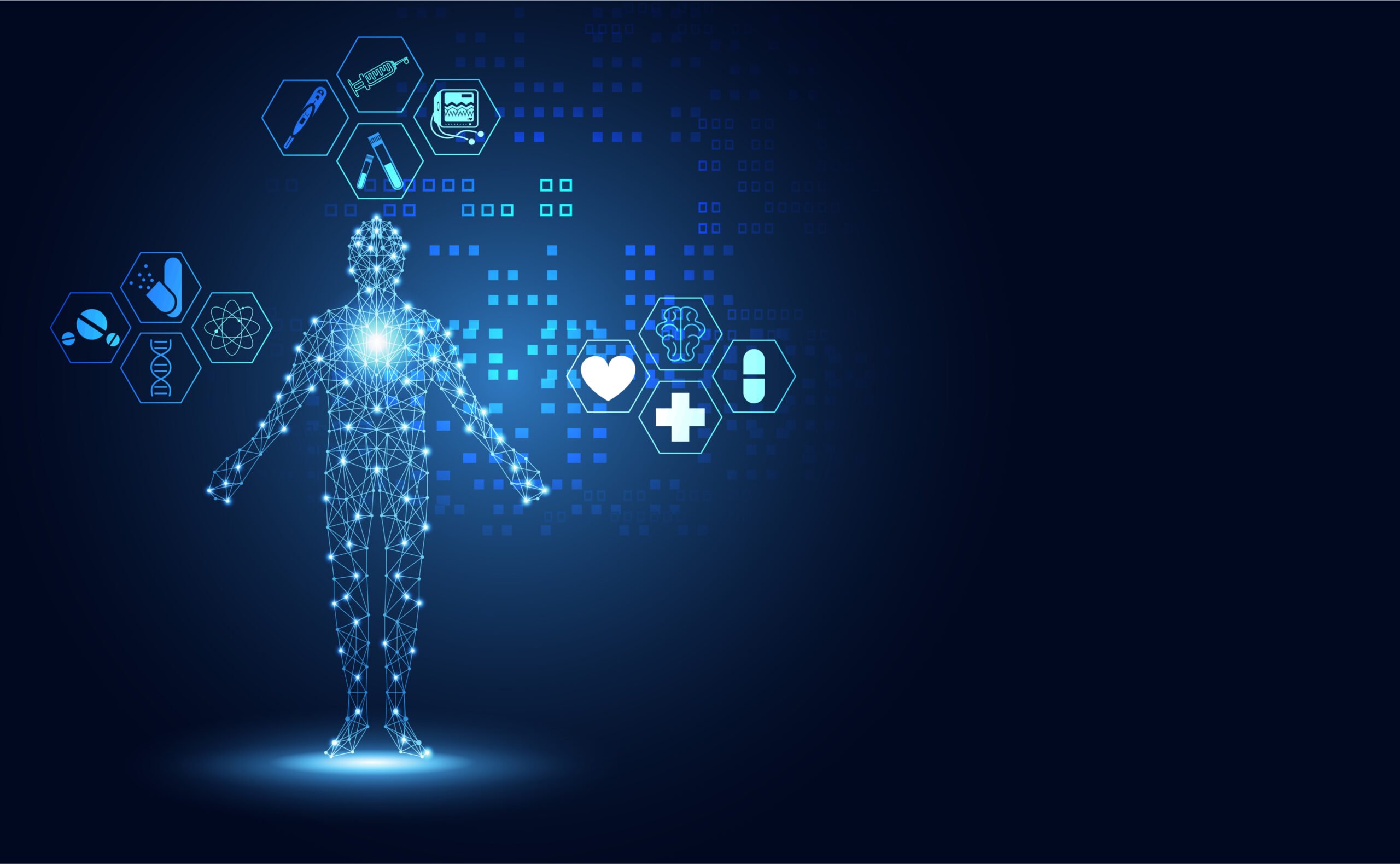
The first regionally scalable version of the e/MTIC Health Data Portal is planned for next year in the Netherlands. This is being built by and for the Eindhoven Medtech Innovation Center (e/MTIC), and is intended to speed up development processes, thereby improving treatments, practices and outcomes in healthcare. Eindhoven University of Technology (TU/e), Catharina Hospital, Philips, the Kempenhaeghe Epilepsy and Sleep Center, and Máxima Medical Center have been working together since 2018 within e/MTIC. They have collaborated on the definition of all technical, managerial and security requirements of the e/MTIC Health Data Portal. This regional e/MTIC data hub also forms part of the Health-RI proposal. Earlier this year, the Dutch government allocated €69 million from the National Growth Fund to set up a national infrastructure (a system of agreements about storing, sharing and using data, ed.) for healthcare data.
Acceleration
The objective of e/MTIC is to accelerate medical innovation. It takes time to develop a medical product and bring it to market. Sharing data is becoming increasingly important in research, especially within an ecosystem like e/MTIC. From a privacy and security standpoint, it is important to get this right. Within the e/MTIC collaboration, standard agreements, e.g., with regard to GDPR privacy legislation, have already been laid down in writing. This means that scientists do not have to make any separate agreements with the various partners for each research project. Moreover, they can immediately engage with the right parties to ensure the rapid development of products. “That allows for a speedier innovation process. Moreover, the e/MTIC Health Data Portal supports researchers within e/MTIC, and will soon do so outside of e/MTIC as well. So that they can concentrate on what really matters: improving the lives of patients via a fast track to clinical innovation,” says Carmen van Vilsteren, chair of the e/MTIC.
A general agreement system for healthcare data also leads to products that better meet the needs of patients and healthcare practitioners. Various hospitals and knowledge institutes are carrying out research on improvements to healthcare. The data for this is often stored internally in their own systems and according to their own agreements and protocols. As a result, the data cannot be linked or compared with each other. This also means that there is no overview of the available information. The same applies to data on patient treatments. For one thing, the underlying idea is that much more can be learned from this. With the aid of artificial intelligence, earlier and better diagnoses can be made. Of course, the data must be stored and processed in the same way. “At the moment, this does not always happen, which means that opportunities are not being taken advantage of,” Van Vilsteren says.
Helping more effectively
What does this mean for patients? By using the e/MTIC Health Data Portal, it is possible to combine data on, for instance, a pattern of health problems from different sources. This leads to new insights. “Women with high blood pressure during pregnancy have a higher risk of developing heart problems later on. You don’t make those kinds of connections just like that. A well-organized data system reveals these connections,” says Van Vilsteren. In the future, an algorithm will be used more and more to support physicians this way. An algorithm establishes connections very quickly. If more and sufficiently comparable data is available, the algorithm will become more accurate and better trained. To do this, the data must be stored according to the same agreements and standards of quality. The data then simply remains at the facility where they belong; the algorithm “passes by” to make a calculation. At the same time, the data in the hospital is more manageable and easier for doctors to access.
Corona made it clear
The benefits of such a system became clear during the corona crisis, van Vilsteren notes. “Now we’ve seen that research into new treatments and actual treatments seamlessly merge into one another. It is important to store all the data properly and to ensure that we can use it again for future innovations,” she says.
Also interesting: This is how innovation works: ‘Corona boosts the digitalization of public health and the medical sector’
Linking islands
According to Van Vilsteren, a number of partial solutions for providing insight into healthcare data do exist. However, these usually only concern a small segment of the entire healthcare system. “It’s our job to link all these islands together to form a large network.” The ultimate goal is to use a Health Data Portal for the entire Netherlands. “We can really take innovation further then,” she adds.
Ultimately, a collaboration in broad terms between knowledge institutes, companies and hospitals across Europe would be an option. “The idea that we could work together on a European level is really a utopia. The various systems of all the countries are so different and therefore very difficult to align,” she says. “What’s more, of course, is that we are still competitors to some extent in Europe.” Nonetheless, she does not rule out a broad-based collaboration.
National Growth Fund
The National Growth Fund is intended for one-off public investments that contribute to the growth of the Dutch economy in the future. These projects must lead to higher productivity levels and new economic activity, according to the independent National Growth Fund committee, headed by former Dutch finance minister Jeroen Dijsselbloem. Over the next five years, the cabinet will allocate a total of €20 billion for investments in the development of knowledge, infrastructure and research, general developments and innovations.

